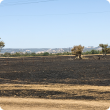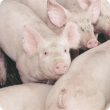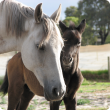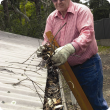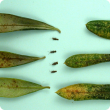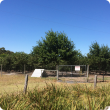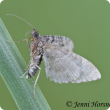Filter by regions:
- (-) Remove Perth regions filter Perth regions
- South West (275) Apply South West filter
- Great Southern (268) Apply Great Southern filter
- Peel (264) Apply Peel filter
- Mid West (252) Apply Mid West filter
- Wheatbelt (225) Apply Wheatbelt filter
- Goldfields-Esperance (205) Apply Goldfields-Esperance filter
- Gascoyne (184) Apply Gascoyne filter
- Kimberley (145) Apply Kimberley filter
- Pilbara (139) Apply Pilbara filter


